Stress is a familiar companion for many of us, especially when it starts feeling like our brain is hardwired to expect the worst. Catastrophic thinking, where you can’t help but imagine the worst outcomes for every situation, only fuels this fire, making daily life feel more like a tightrope walk without a safety net.
If you’ve ever felt like your mind is a breeding ground for catastrophic thoughts, predicting doom at every turn, you’re not alone. I’ve been there, and so have many of my students. But here’s the good news: it’s entirely possible to retrain your brain and adopt a calmer, more peaceful mindset through consistent mindfulness practice.
Recognize Your Thought Patterns
The first step toward change is always recognition. Mindfulness teaches us to observe our thoughts without engaging with them. It’s like watching clouds pass by in the sky—they’re just there, and they always drift away. When I started paying attention to my own catastrophic thoughts, I realized they were just thoughts, not predictions.
The Power of Regular Practice
Mindfulness isn’t a quick fix. It’s more like watering a garden; it requires regular care and attention. Each day, I dedicate time to sit quietly, breathe, and observe my thoughts. This consistent practice is crucial—it builds the mental resilience needed to challenge and change the ingrained patterns of catastrophic thinking.
Challenge the Catastrophe
Once you recognize these patterns, you can start to challenge them. This involves a bit of detective work. Each time a catastrophic thought enters your mind, test its reality. Ask yourself, “Is this thought based on fact or fear?” and “What’s the likelihood of this really happening?” More often than not, you’ll find that your worst fears are not as likely as they seem.
Replacing these thoughts is the next step. This isn’t about slapping a positive spin on everything; it’s about seeking a more balanced perspective. For instance, instead of thinking, “This presentation is going to be a disaster,” I might consider, “I’m prepared for this presentation, and I’ve handled challenges before.”
Embrace Mindfulness
Mindfulness is about more than just meditation. It’s a way of living that invites you to be fully present in the moment, engaging with life as it is, not as your fears portray it. Simple practices like mindful walking, where you focus completely on the experience of walking, can help ground you in the present. Each step becomes a way to step back from catastrophic thoughts, anchoring you in the now.
Build a Toolbox
Beyond mindfulness, I’ve filled my toolbox with techniques to combat stress and anxiety triggered by catastrophic thinking. Journaling is a great way to get thoughts out of your head and onto paper, where they often lose their power. Regular physical exercise, even a quick walk, can reset your mind. Also, don’t underestimate the power of talking things through with a friend or a therapist; sometimes, just voicing your fears reduces their impact.
Living the Calm Mindset
Adopting a calm mindset isn’t a one-time fix; it’s a practice. Some days will be easier than others. The key is consistency. The more you practice mindfulness and challenge your catastrophic thoughts, the more natural it becomes. It’s like building muscle; every day, you get a little stronger.
Life’s not about waiting for the storm to pass; it’s about learning to dance in the rain. By retraining your brain to avoid catastrophic thoughts, you’re not just dodging raindrops; you’re embracing the dance.
Warmly,
Liliana, co-founder of The Mindful Facilitator Certification Program
Are You Ready to Multiply Your Impact?
If you want to learn more about mindfulness and how to facilitate simple mindfulness exercises in your workplace

